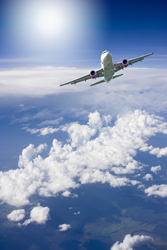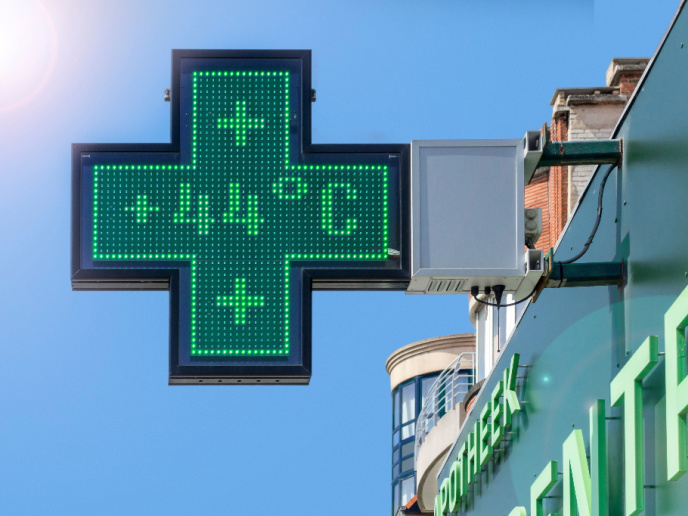Taking European aviation to new heights
The passage of air over and around an aircraft's wings produces special circulations known as wake vortexes. These vortexes, while pretty, are in fact dangerous to other aircraft since they can remain present in the atmosphere for several minutes. The greatest risk is posed during take-offs and landings. The 'Fundamental Research on Aircraft Wake Phenomena' (Far-Wake) project looked to fill in gaps in previous research in an effort to provide improved characterisation and prediction of wake vortexes. Funding was provided by the EU. . Experiments were carried out using special equipment to generate and study wake vortexes in a controlled environment and complemented by computer-based simulations. Special attention was paid to the impact of engine and ground effects on wake vortex development. Attempts were also made to try to improve our understanding of how wake vortexes decay. .The Far-Wake team then tried to extract meaningful conclusions that could help the aviation industry better manage the threat associated with wake vortexes. In addition to real-time wake vortex forecasting, progress was also made in speeding up vortex decay. These findings will not only contribute to making aviation safer in Europe, but will also address the growing problem of airport capacity since it will be possible to reduce spacing between aircraft during take-offs and landings.







